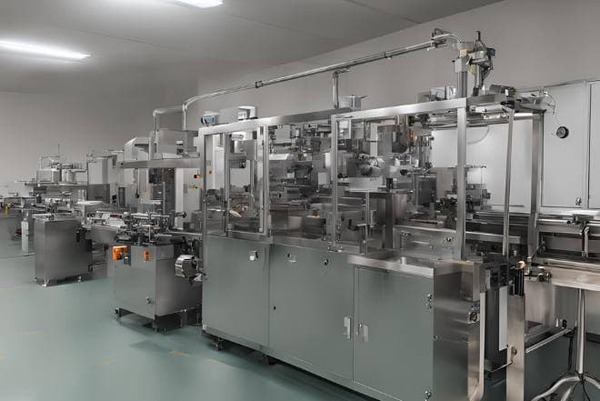
Understanding the Shelf Life of Beef Jerky in a Vacuum-Sealed Bag
Beef jerky is a popular snack known for its long shelf life, portability, and high protein content. One of the most effective methods to extend the shelf life of beef jerky is vacuum sealing. This process involves removing air from the packaging, which significantly slows down the growth of bacteria and mold. However, even with vacuum sealing, beef jerky does not last indefinitely. In this comprehensive guide, we will explore how long beef jerky can last in a vacuum-sealed bag, the factors that influence its shelf life, and how to properly store it to maximize freshness.
Factors Affecting the Shelf Life of Vacuum-Sealed Beef Jerky
Several factors influence how long beef jerky will last in a vacuum-sealed bag. Understanding these factors can help you better predict the shelf life of your jerky and ensure it remains safe and enjoyable to eat.
1. Quality of Ingredients: The quality of the beef and other ingredients used in making jerky can affect its shelf life. High-quality meat with minimal fat content tends to last longer because fat can become rancid over time.
2. Moisture Content: The moisture content of the jerky is a critical factor. Properly dehydrated jerky with low moisture content will last longer because it is less hospitable to bacteria and mold.
3. Seasonings and Preservatives: The use of seasonings and preservatives can extend the shelf life of beef jerky. Salt, for example, acts as a preservative by drawing out moisture and inhibiting bacterial growth.
4. Storage Conditions: The conditions under which the jerky is stored also play a significant role. Cool, dark, and dry environments are ideal for extending the shelf life of vacuum-sealed beef jerky.
Typical Shelf Life of Vacuum-Sealed Beef Jerky
When stored under optimal conditions, vacuum-sealed beef jerky can last significantly longer than jerky stored in regular packaging. On average, vacuum-sealed beef jerky can last anywhere from 1 to 2 years. However, this is a general estimate, and the actual shelf life can vary based on the factors mentioned above.
It’s important to note that while vacuum sealing extends the shelf life, it does not make the jerky immune to spoilage. Over time, even vacuum-sealed jerky can lose its flavor and texture, and eventually, it may become unsafe to eat.
Signs of Spoilage in Beef Jerky
To ensure safety, it’s crucial to recognize the signs of spoilage in beef jerky. Here are some indicators that your jerky may no longer be safe to consume:
1. Off Odor: If the jerky emits a sour or rancid smell, it is likely spoiled and should not be consumed.
2. Mold Growth: Visible mold on the jerky is a clear sign of spoilage. Mold can appear as white, green, or black spots.
3. Unusual Texture: If the jerky feels excessively hard, dry, or slimy, it may be past its prime.
4. Discoloration: Significant changes in color, such as darkening or fading, can indicate spoilage.
Best Practices for Storing Vacuum-Sealed Beef Jerky
To maximize the shelf life of your vacuum-sealed beef jerky, follow these storage tips:
1. Store in a Cool, Dark Place: Keep the jerky away from direct sunlight and heat sources. A pantry or cupboard is ideal.
2. Avoid Moisture: Ensure the storage area is dry. Moisture can compromise the vacuum seal and promote spoilage.
3. Use Oxygen Absorbers: Consider adding oxygen absorbers to the packaging to further reduce the risk of spoilage.
4. Refrigerate or Freeze for Long-Term Storage: If you plan to store the jerky for an extended period, refrigeration or freezing can help preserve its quality.
Conclusion
Vacuum-sealed beef jerky is a convenient and long-lasting snack option. While it can last up to 1 to 2 years under optimal conditions, it’s essential to monitor for signs of spoilage and store it properly to ensure safety and quality. By understanding the factors that affect its shelf life and following best storage practices, you can enjoy delicious and safe beef jerky for an extended period.





